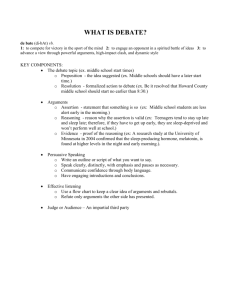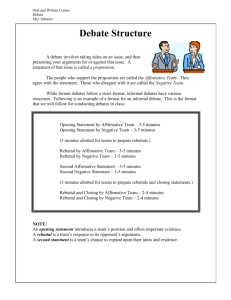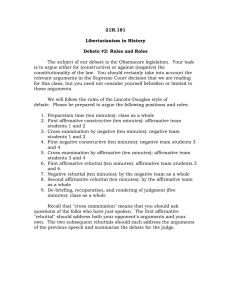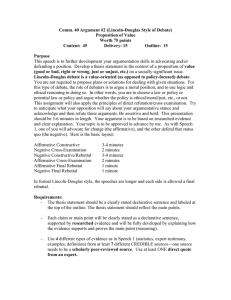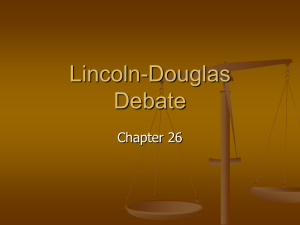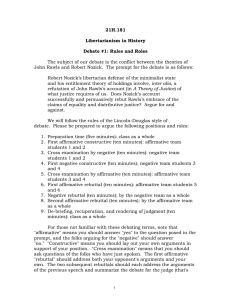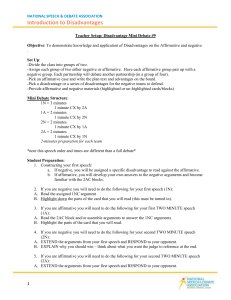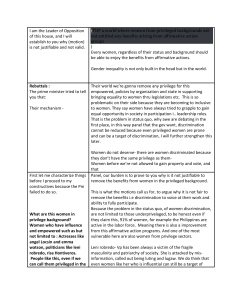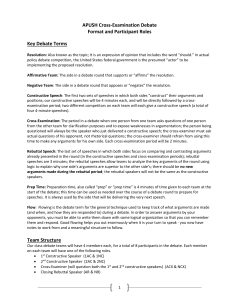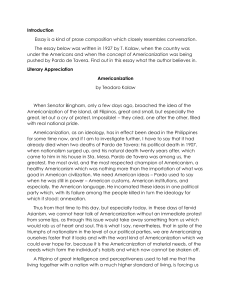#not just social media: Communication Concepts & Skills Educators Should Consider LOL!
advertisement
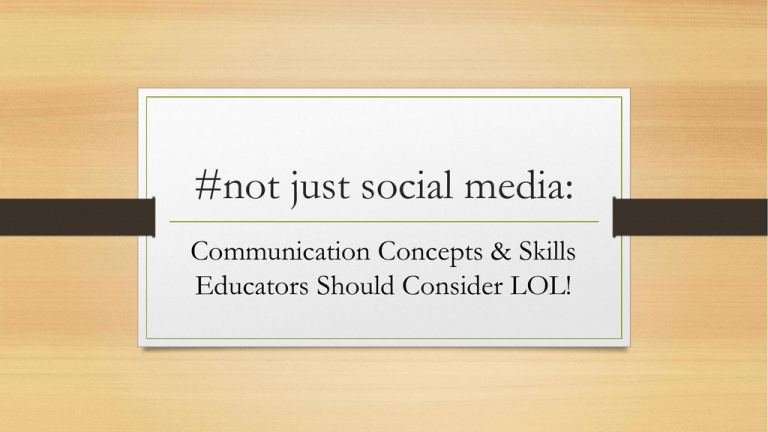
#not just social media: Communication Concepts & Skills Educators Should Consider LOL! Let’s See if We Can Cover . . . . • • • • • What we wish communication was vs what it typically is The Reason You Can’t and the Way You “Might Could” Some Standards and Some Gaps in Those Standards Age-appropriate activities But First . . . . What’s Your Problem? • Identify and write down a specific unit or content area that you are not currently happy with how you are teaching it. It has to be under your control to change! • Write down a “role” that is known for communicating/speaking other than a newscaster or talk show host. Communication Popular Transfer of meaning Linear: from me to you Tool or instrument Act Sophisticated Co-create meanings Patterned Substance or dimension Being and reaction Examples of Why This Matters • Co-construction of social reality: “everything” is a verb • Metaphors: to choose a word is to choose a world So what could we teach? • Interpersonal communication and conversation skills • Negotiation and debate • Small group communication • Intercultural communication • • • • Persuasion Public Speaking Media literacy And More . . . . Fascinating but . . . . Let’s Reframe • Speaking to Learn • Speaking to Display Learning • Informal Assessment • Formal Assessment • Anticipation • Summary • Raising Questions • Providing Answers • Affective • Cognitive Let’s Try It! • Identify and write down a specific unit or content area that you are not currently happy with how you are teaching it. It has to be under your control to change! • Write down a “role” that is known for communicating/speaking other than a newscaster or talk show host. Taking it a step further • How would we assess (formally or informally) your activity? • What elements and standards might be on a rubric? • Numerous public speaking rubrics online. Key is to focus on evidence of thinking well about the CONTENT in a speaking to learn activity. 5 1 A 4 2 3 Causes B A few tools . . . • The obligations of an introduction • The Four Ss • Gain attention • Signpost • Reveal topic • State • Speaker connection/credibility with • Support topic • Audience need for topic (WIFM) • Preview what is coming S S S S • Summarize (connect to flow of speech) Debate to Learn • Simple debate format: • • • • • • • Resolution (stated in favor of a change or position, not a question) Affirmative Constructive: lays out “case” for the resolution S Negative Constructive: lays out “case” against the resolution Negative Rebuttal: takes up specific weaknesses in Affirmative Affirmative Rebuttal: takes up specific weaknesses in Negative Close Negative: repair and tell audience why they should vote negative Close Affirmative: repair and tell audience why the should vote affirmative S S S Motivated Sequence • • • • • Attention – focus Need – problem plus urgency Plan – solution Visualization – future + or -Action – personal step within plan Communication is Central • ... because there has been implanted in us the power to persuade each other and to make clear to each other whatever we desire, not only have we escaped the life of wild beasts, but we have come together and founded cities and made laws and invented arts; and, generally speaking, there is no institution devised by man which the power of speech has not helped us to establish. (Isocrates, Antidosis). But integrate it as a teaching strategy and a theme of connection rather than just another content area • • • • What would a scientist say about that? Have you seen any TV shows or TV characters that eat healthy? Imagine you had to explain today’s lesson to a younger cousin, what would you say? Pair up and predict what we will talk about next and share your prediction using the format on the board. • Can you think of a metaphor or comparison that helps us understand this better? • Go to the right wall if you think he should go. Go to the left wall if you think he should not go. (debate) • But why should I let you have free time? Think and then offer sound reasons. How to get them ready • College is about critical thinking which means tolerance for ambiguity. • Communication is always hard. Help them see that the goal of education is not to make hard things easy but to make them better at hard things. • Colleges are moving more and more toward collaborative activities. Help them learn individual accountability but also how to work in groups. Teach how to DO collaboration and project management. And peer to peer accountability! Thank you for being a teacher!!!!! Rick Olsen Department of Communication Studies UNCW olsenr@uncw.edu
